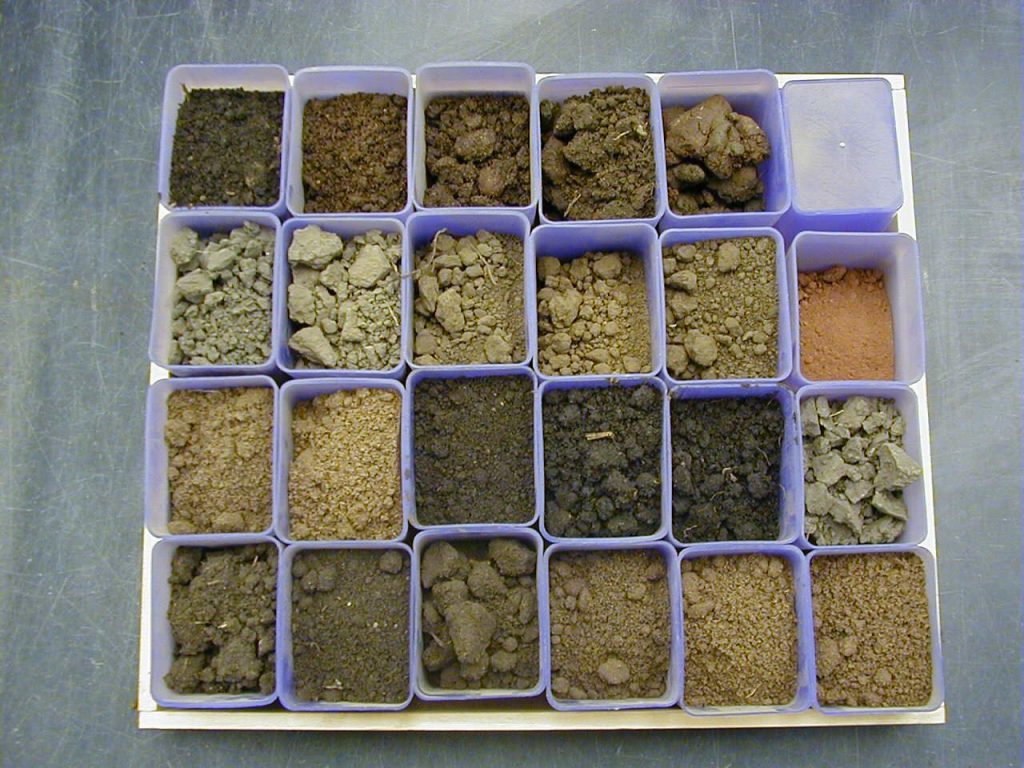Soil health testing is done by experts in the facility of soil lab. The testing soil quality for sustainable productivity needs more than just testing for nutrients. It is widely accepted that such testing process should include a quality triangle of chemical, physical, and biological segment. You have to visit such lab that offers testing for each segment-
- Biological – CO2 burst
- Chemical – labile amino nitrogen
- Physical – aggregate stability
Today, soil testing is taken as the backbone of modern agricultural productivity- matching yields to determine fertility of the soil. Without seasonal monitoring of the nutrient levels present in the soil, the risk of incorrect estimation of yield will be there. Moreover, increased environmental concerns for groundwater quality explain that nutrients of the soil must not be over-excessive. From both perspective, soil lab experts find it hard to imagine agriculture without soil testing.
Presently, agriculture sector is taking soil biology seriously for its critical role in crop productivity. For this reason, it is not sufficient now to test for inorganic nutrients present in the soil. Labs and crop consultants are more interested in measuring the soil biology that helps predict yield potential.
A soil lab offers a complete suite of test that meets the need and promise that farmers can access soil biological functioning and create productivity estimates.
Soil testing is a programme performed for procedural evaluation of soil fertility by rapid chemical analysis to determine the nutrients content and reaction of a soil. Soil test is a chemical method used for estimating nutrient supplying power of a soil. The primary benefit of soil testing is its ability to determine the nutrient status of the soil prior the plantation of the crop.
The result obtained from the test is known as soil test value. It measures a part of a total nutrient supply in the soil and denotes as an index of nutrient ability.
Soil testing methods have their objectives-
- To offer an index of nutrient availability in the soil
- To predict the probability of profitable response to fertilizer
- To offer a basis for fertilizer recommendation
- To evaluate the soil fertility status
For the programme, you need to follow these four simple steps-
- Collecting the soil samples
- Extraction and determining the nutrients amount
- Calibrating and interpreting the analytical results
- Making the fertilizer recommendation and management
These are the phases of soil testing conducted by soil lab experts at their facility. If you need detailed information on each phase, contact the experts.

